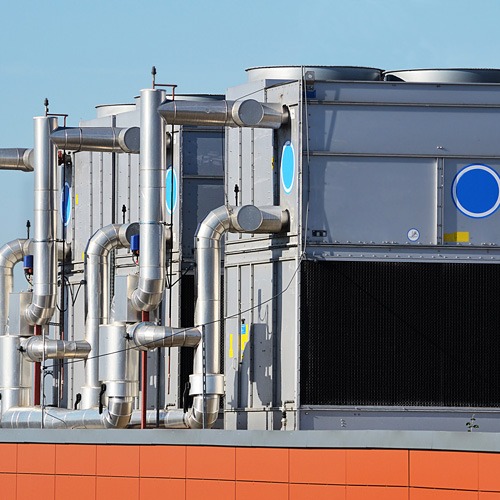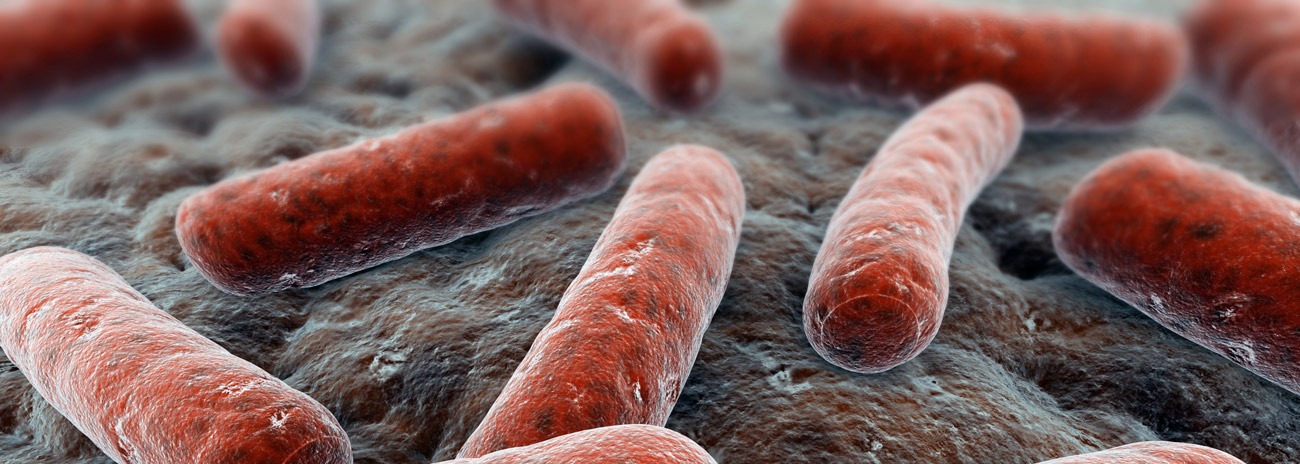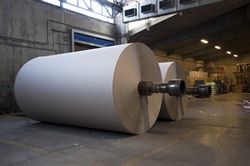Food Poisoning Bacteria – Salmonella, Listeria, E.coli 0157, Campylobacter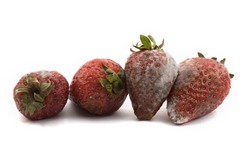
When someone swallows bacteria that cause food poisoning, there is a delay (incubation period) before symptoms begin. This is because most bacteria that cause food poisoning need time to multiply in the intestine. The length of the incubation period depends on the type of bacteria and how many are swallowed. It could be hours or days.
The bacteria stick to the lining of the intestine and destroy those cells, either by sheer weight of numbers or by the toxins (poisons) they produce.
Sometimes these toxins are absorbed and cause damage elsewhere in the body. Some bacteria produce toxins when they grow in food. Because the toxins themselves are harmful, the bacteria don’t need to multiply in the intestine to make someone ill, so the symptoms come on very quickly.
Because the bacteria enter the body through the digestive system, symptoms will generally be in this part of the body – nausea, vomiting, abdominal cramps and diarrhoea. In some cases, food poisoning can cause very serious illness or even death.
How bacteria grow
Bacteria need warmth and moisture to grow. They reproduce by dividing themselves, so one bacterium becomes two and then two become four and so on. In the right conditions one bacterium could become several million in 8 hours and thousands of millions in 12 hours.
This means that if a food is contaminated with a small number of bacteria and you leave it out of the fridge overnight it could be seriously contaminated by the next day. Then just one mouthful could make someone ill. If you put food in the fridge it will stop bacteria from multiplying.
Since you can’t see, taste or smell bacteria, the only way that you can be sure that food is safe is to follow good food hygiene at all times. See the Keeping food safe section.
The Food Hygiene Campaign is part of the UK Food Agency’s strategy to reduce food poisoning. The success of this strategy is being measured by a reduction in the number of laboratory-confirmed cases of the following five bacteria; Campylobacter, Salmonella, Listeria, E.coli O157, Clostridium perfringens.
Clostridium Perfringens
Clostridium perfringens is found in low numbers in many foods, particularly meat and poultry and their products. It is also found in the soil, the intestines of humans and animals, in sewage and in animal manures.
Infection with Clostridium perfringens normally causes diarrhoea and severe abdominal pain. It may occasionally cause nausea but it rarely causes vomiting or fever.
Unlike many other types of bacteria that cause foodborne disease, clostridium perfringens isn’t completely destroyed by ordinary cooking. This is because it produces heat-resistant spores.
The bacteria are killed at cooking temperatures, but the heat-resistant spores they produce are able to survive and may actually be stimulated to germinate by the heat. If the food is not eaten at once but is allowed to cool slowly, the bacteria produced when the spores germinate multiply rapidly. Unless the food is reheated so that it is piping hot (at least to 60oC and preferably to 75oC), the bacteria will survive. After ingestion, if there are sufficient numbers present, the bacteria will produce toxins and the toxins will cause symptoms.
Foods most likely to be associated with Clostridium perfringens food poisoning are those that are cooked slowly in large quantities and left to stand for a long time at room temperature.
Salmonella
Salmonella is the second most common cause of food poisoning after Campylobacter. It has been found in unpasteurised milk, eggs and raw egg products, meat and poultry. It can survive if food is not cooked properly.
Salmonella can grow in food. If a small number of bacteria are present in a food, they will multiply unless it is chilled.
People infected with Salmonella should be particularly careful with personal hygiene because they could infect another person who comes into direct contact with them. For example, if a carrier doesn’t wash their hands properly after going to the toilet, they could have bacteria on their hands.
Listeria
Listeria monocytogenes is present all around in the environment. It has also been found in low numbers in many foods. In certain foods, such as soft mould-ripened cheeses and pâtés, it may be present in higher numbers. Eating foods containing high levels of listeria monocytogenes is generally the cause of illness.
Listeria monocytogenes usually causes illness in vulnerable groups such as pregnant women, babies, the elderly and people with reduced immunity. Among these groups, the illness is often severe and life threatening.
E.coli 0157
Most strains of E.coli are harmless, but those that produce verocytotoxin (called verocytotoxin-producing E.coli, or VTEC) can cause severe illness. In the UK, the most common type is E.coli 0157.
E.coli or Escherichia coli are bacteria that normally live in the intestines of humans and animals. Although, most strains of these bacteria are harmless, several are known to produce toxins that can cause diarrhea. One particular E.coli strain called 0157 can cause severe diarrhea and kidney damage.
Campylobacter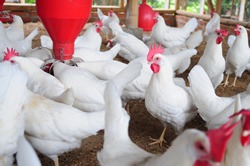
Campylobacter is the most common identified cause of foodborne disease. It has been found mainly in poultry, red meat, unpasteurised milk and untreated water. Although it doesn’t grow in food it spreads easily, so only a few bacteria in a piece of undercooked chicken could cause illness.
Campylobacter infections don’t usually cause vomiting, but diarrhoea can be severe and bloody with abdominal cramps.
Please contact Accepta to learn more about our Poultry Farm Water Treatment Services.
©Crown copyright. This article was reproduced with the kind permission of the Food Standards Agency
—————
Accepta Ltd is a manufacturer and supplier of water treatment chemicals which are produced in the UK and shipped internationally. Accepta also has on site partnered Microbiological and Chemistry analysis laboratories that provided water analysis services.

